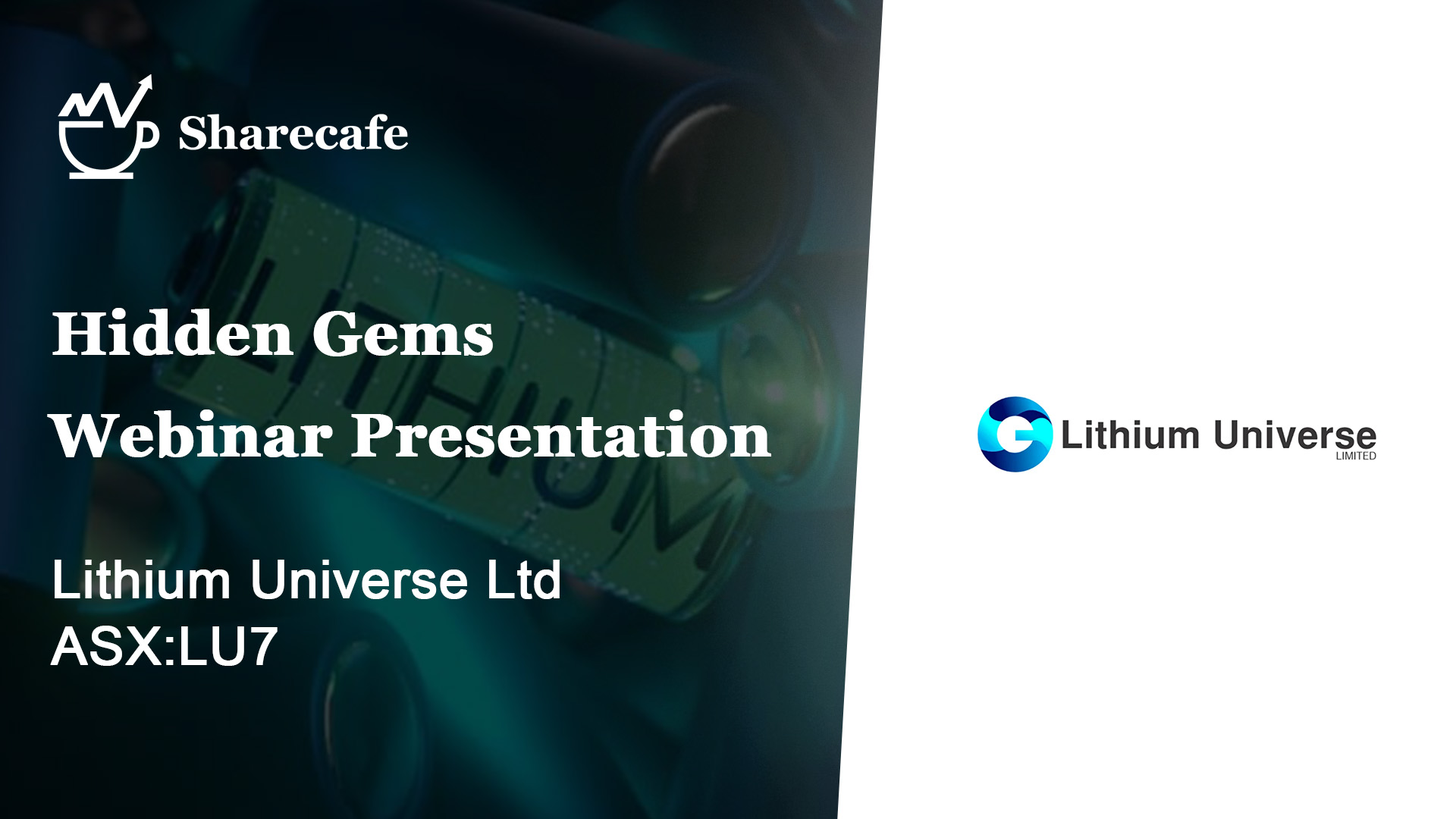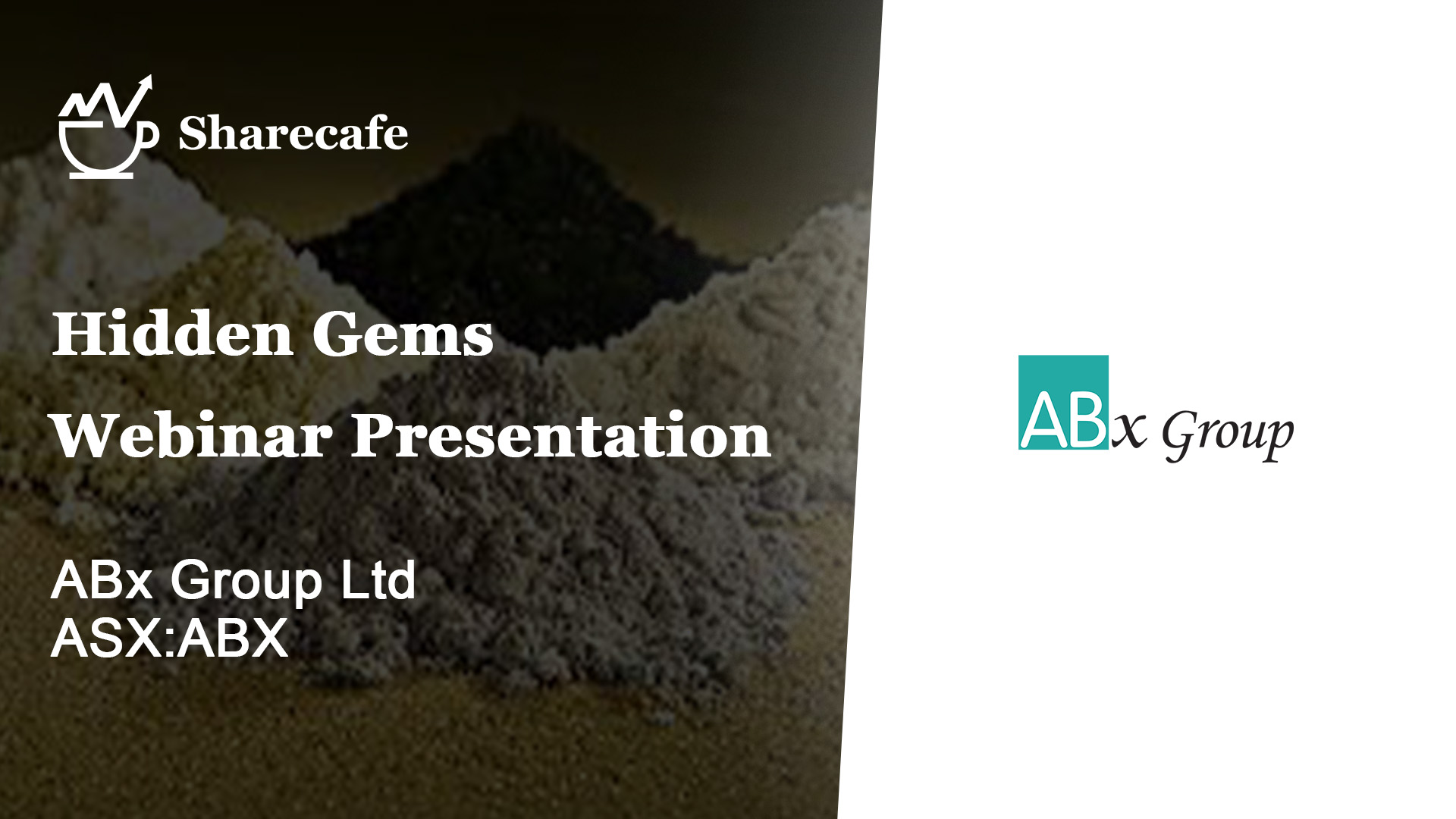Any fears the resources boom might not last or might quickly vanish have been answered by the results of the latest survey of investment and spending from the Federal Government’s main resources adviser.
Prepared by the Australian Bureau of Agricultural and Resource Economics (ABARE), the report looks at spending on mining developments, past, now and planned, as well as the amount spent on exploration.
In all cases, bar the metal industry, spending is at record or near record levels and based on the conservative estimates contained in the report, the boom could last for quite a while yet, thanks to the China boom.
That fits in with the thinking in a recent paper from the Reserve Bank on the boom and its sources and differences with past resources booms.
ABARE says that mining companies are planning a record $43.4 billion of new projects, thanks to higher demand and rising prices.
In a report published on its website yesterday ABARE said the value of advanced projects to build mines and oil and gas fields has risen 24 per cent from the $34.9 billion reported last October in the previous survey.
The bulk of the increased spending came from the approval of three new iron ore projects valued at $7 billion, according to the bureau.
ABARE said there was a record 279 major projects planned, with 91 considered to be ‘advanced’. A further 188 projects were at less advanced stages or undergoing feasibility studies, the Bureau said.
A feature of the report was the sharp rise in exploration spending that has happened, despite industry fears money was not being spent.
ABARE said exploration spending on minerals in Australia is estimated to total over $4 billion in 2006-07, an increase of over 56 per cent on exploration expenditure in 2005-06. In real terms (2006-07 dollars).
It said the spending in the 2007 financial year on exploration “will be the highest on record and around 72 per cent higher than the average annual expenditure on exploration over the past 25 years.
“While exploration expenditure has increased recently, it cannot be determined from ABS data what proportion of the increased expenditure is related to increased exploration activity or attributable to higher costs of inputs, such as labour and equipment.
In the first half of this decade, exploration expenditure in Australia, in real terms, was well below the annual average of the past 25 years.
“Brownfields exploration around known deposits – has made up an increased proportion of total exploration expenditure.
“This can be partly explained by the current trend of developing projects with larger production capacities, which generally require larger resource delineation programs.
“In addition, mining companies are reassessing reserves at current and depleted mining areas, with the view of extracting additional reserves that are now considered to be economic at current high commodity prices.
“Mining at or around existing deposits is attractive for companies because projects can be started sooner and generally have a lower capital expenditure because often there is existing infrastructure in place.
“In 2006-07, exploration expenditure is expected to increase across all major commodities.
“Petroleum exploration is estimated to increase to $2.14 billion, an increase of 64 per cent from 2005-06. Petroleum exploration expenditure in 2006-07 is likely to be the highest (in real terms) since 1982-83 and 74 per cent higher than the annual average over the past 25 years.
“Increased petroleum exploration has been encouraged by historically high global oil prices. With world oil prices forecast to remain relatively high in the short term, exploration expenditure can be expected to remain historically high.
“Iron ore exploration expenditure in 2006-07 is estimated to almost double to $320 million.
“A number of successive annual contract price rises and the prospect of continued strong Chinese demand for iron over the medium term are important drivers behind the significant increase in expenditure.
“Since 2003-04, gold exploration expenditure in real terms has remained relatively stable at around $400 million a year.
“In 2006-07, however, gold exploration expenditure is estimated to increase by 25 per cent to $515 million.
“The increase in gold exploration activity is attributable to the increase in Australian dollar gold prices, which in 2006 averaged $800 an ounce, an increase of 37 per cent from 2005.
“Base metals exploration expenditure in 2006-07 is estimated to total $560 million, an increase of 52 per cent from 2005-06.
“This increase is mainly attributable to strong rises in expenditure on copper, nickel and silver-lead-zinc exploration, reflecting substantial rises in global prices for these commodities.
“For example, in 2006, copper prices increased by over 80 per cent, while nickel prices rose by more than 65 per cent.
“In real terms, exploration expenditure on base metals in 2006-07 is expected to be more than double the 25 year average ($260 million) and the highest on record.”













